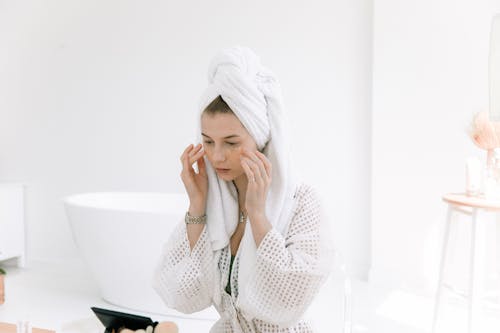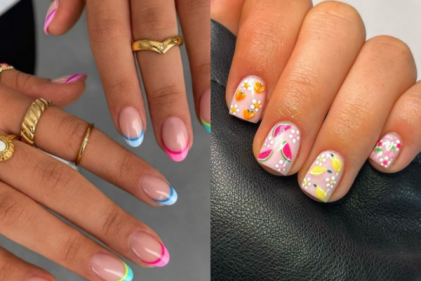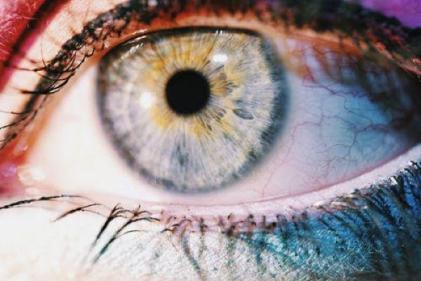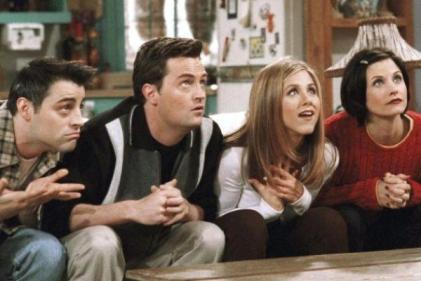It is very common for those suffering from rheumatoid arthritis to also have foot pain. Rheumatoid arthritis causes inflammation of the lining of the joints in the foot which can result in scarring and a rough, bumpy bone. Rheumatoid arthritis can become prevalent in the foot’s joints, causing bunions and hammertoes which can make performing daily activities painful and sometimes impossible for sufferers.
A bunion is caused when the joint at the base of the big toe becomes enlarged. Hammertoes or claw toes arise when the toes are bent under permanently. Other foot deformities include Bursitis, which is when fluid filled sacs which are often inflamed and swollen develop under the ball of the foot. Rheumatoid nodules are hard lumps, the size of a pea, which form on the soles of the feet or the big toe where pressure is applied. Charcot’s joint is a condition whereby the foot collapses and looks deformed.
Unfortunately for sufferers of rheumatoid arthritis, the problems do not end there. They can often suffer from nerve pain in their feet which manifests as a burning, tender and tingling feeling. If pressure is continued to be put on the tarsal or main nerve in the foot, further damage can arise in terms of nerve entrapment or tarsal tunnel syndrome.
How to manage rheumatoid arthritis foot pain
First step is to see a specialist. If necessary, you may be prescribed a course of rheumatoid arthritis medications in an effort to manage your disease as well as your foot pain. Non-steroidal anti-inflammatory drugs or local injections of steroids are common for helping patients manage their foot pain. Occasionally, if the pain doesn’t go away surgery might be required.
Foot surgery commonly involves resetting of the bones or fusing joints. This corrects the position of bones and joints. Additionally surgery is the solution to those suffering from pain cause by hammertoes, bunions and nodules.
In addition to using pain medications and surgery to improve your foot pain, another way is to wear the right shoes. This advice is particularly relevant for women. Narrow-toed or pointy-toed shoes and high heels put pressure on the ball of the foot and are generally bad for your feet. Opting for a wide toe, low heel shoe that is neither too tight nor too big for your feet is recommended.
Losing weight can help take some of the pressure off of your feet and reduce the pain. If you do high impact exercise such as running, it might be wise to change your exercise choice. Low impact activities such as swimming are great as they don’t put pressure on your feet and can help avoid additional foot pain.
Other ways to care for your feet include avoiding standing all day when possible, checking your feet daily for problems and taking warm foot baths or get massages. If you follow these tips we hope you’ll find some pain relief and have happier feet.












